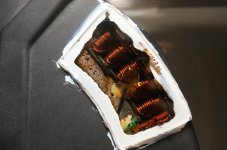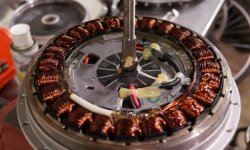markz
100 TW
He did fly fast on his setup, but he was always pedaling. I was just on a casual cruise that day.
Cephalotus said:markz said:"You dont have a speed limiter on that do you"
I said nope strictly throttle.
With BionX you can have both. Torque assist and throttle (its a small thumb throttle, so maybe nor ergonmicaly perfect if you wnat to ride on throttle continously)
Speed limiter can be removed if you have than CAN tools or know someone who has.
BionX D runs a bit over 50km/h in 28" wheels with a 48V battery and does so quite well.
BionX 500 HS runs up to 70km/h n 28" wheels with a 48V battery and a low air drag bicycle (for s short time, will overheat quickly under that condition)





